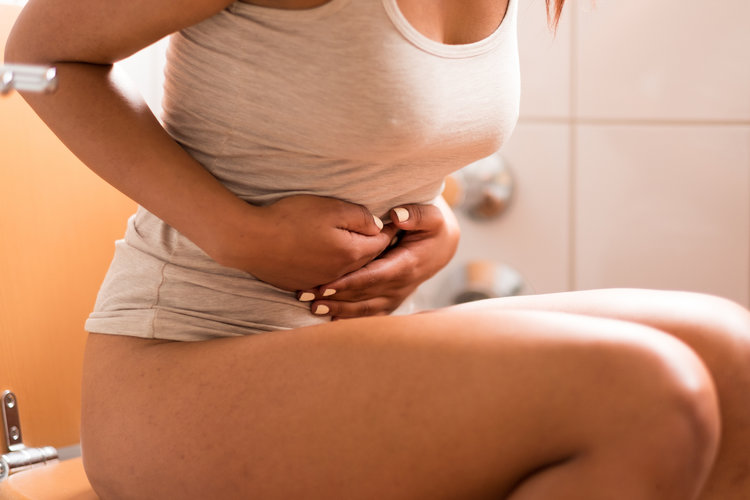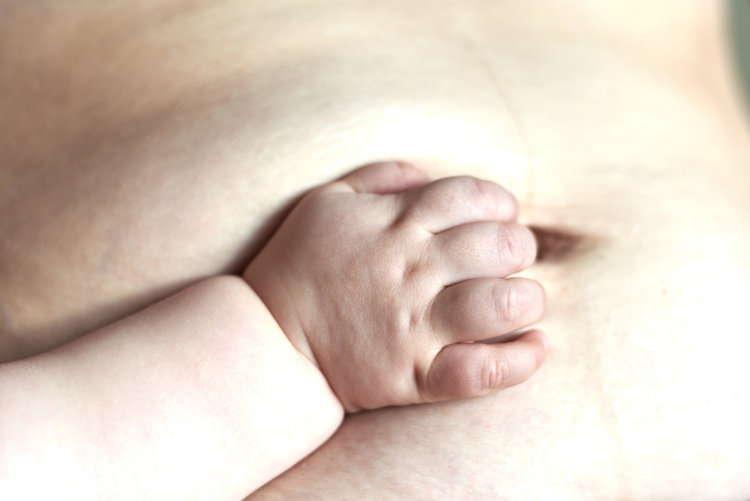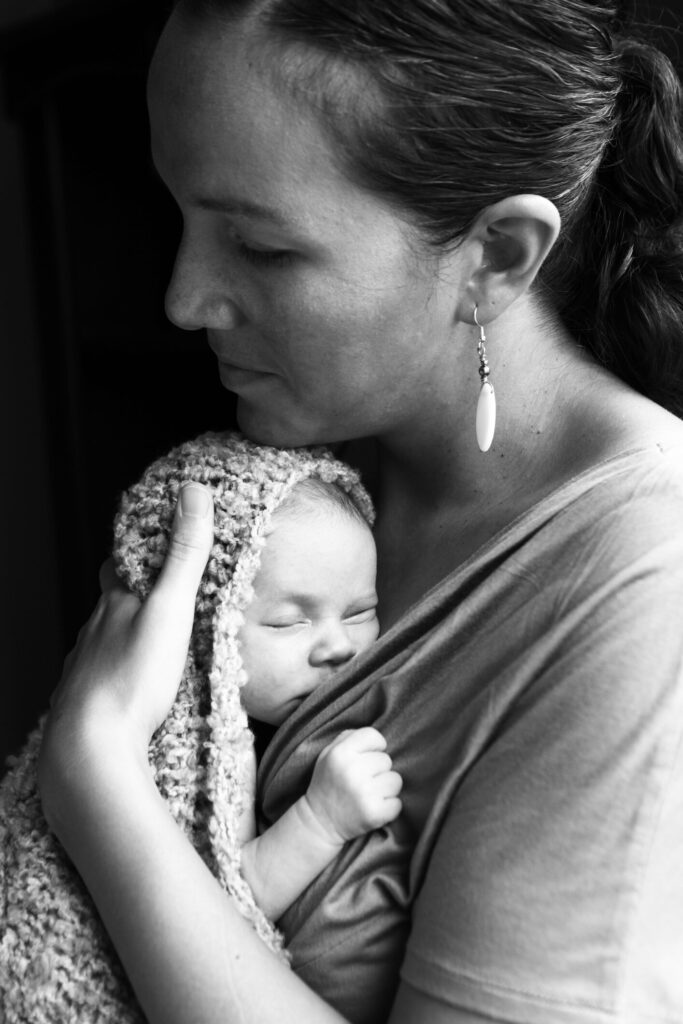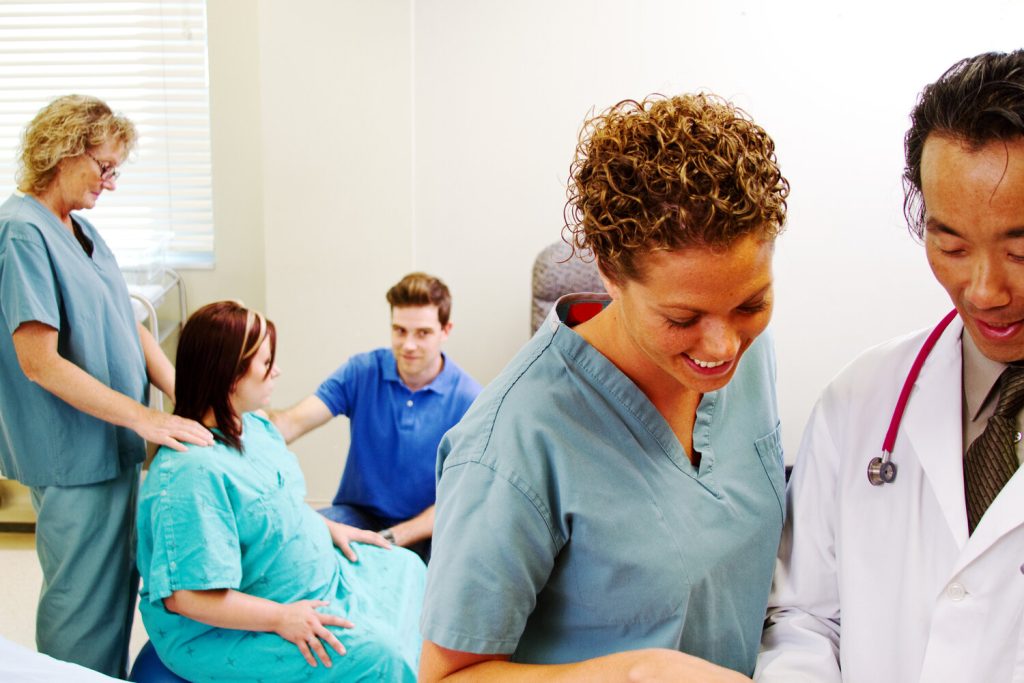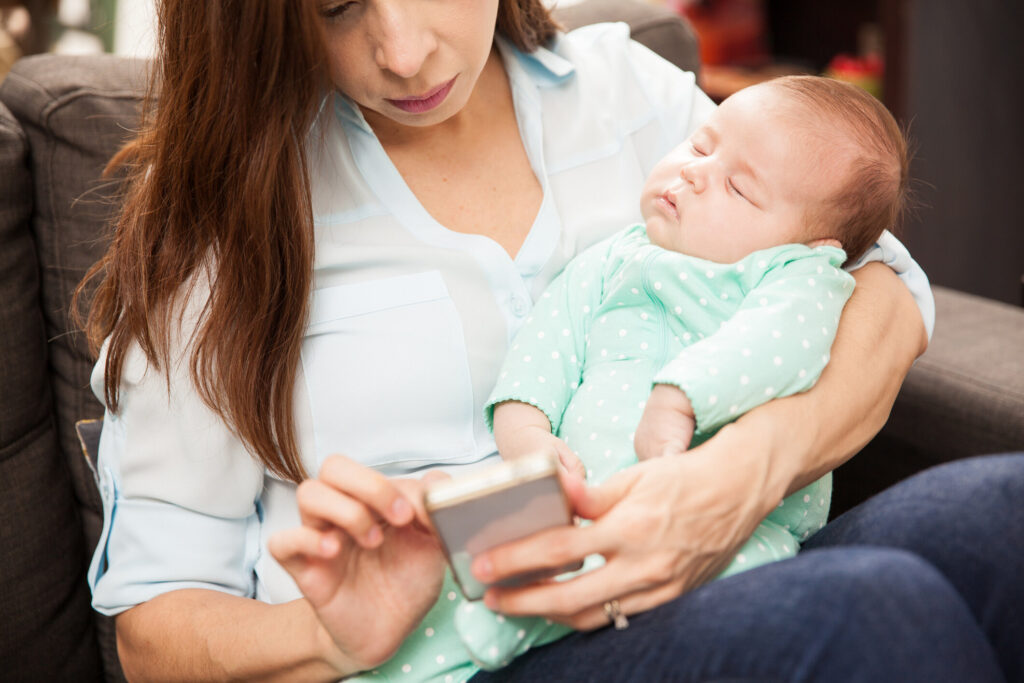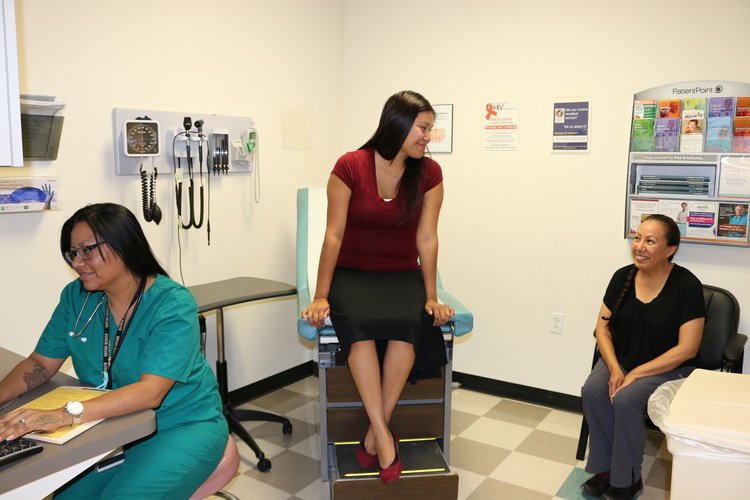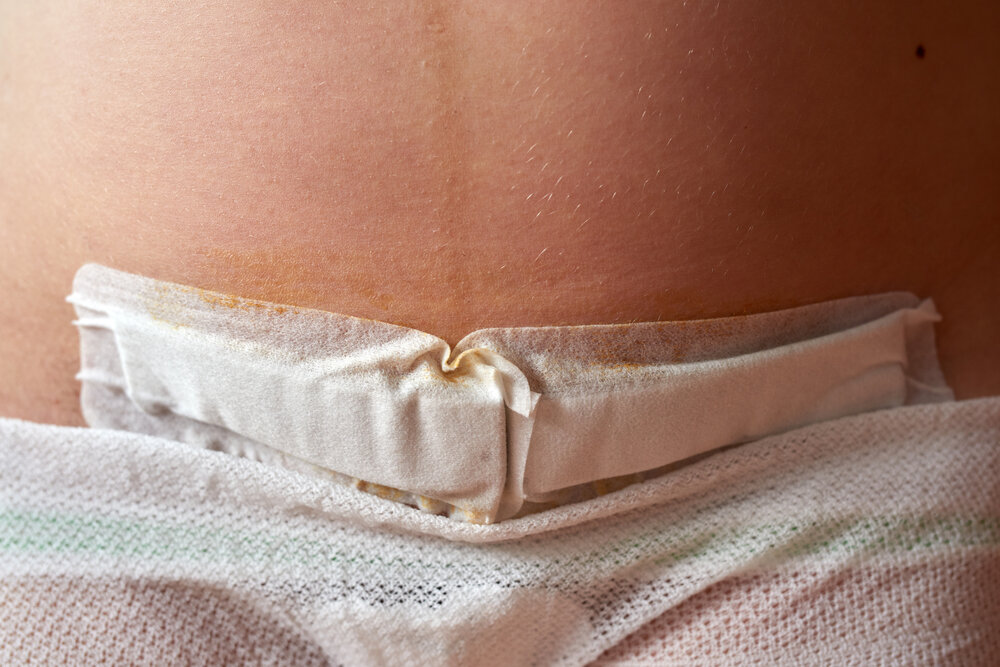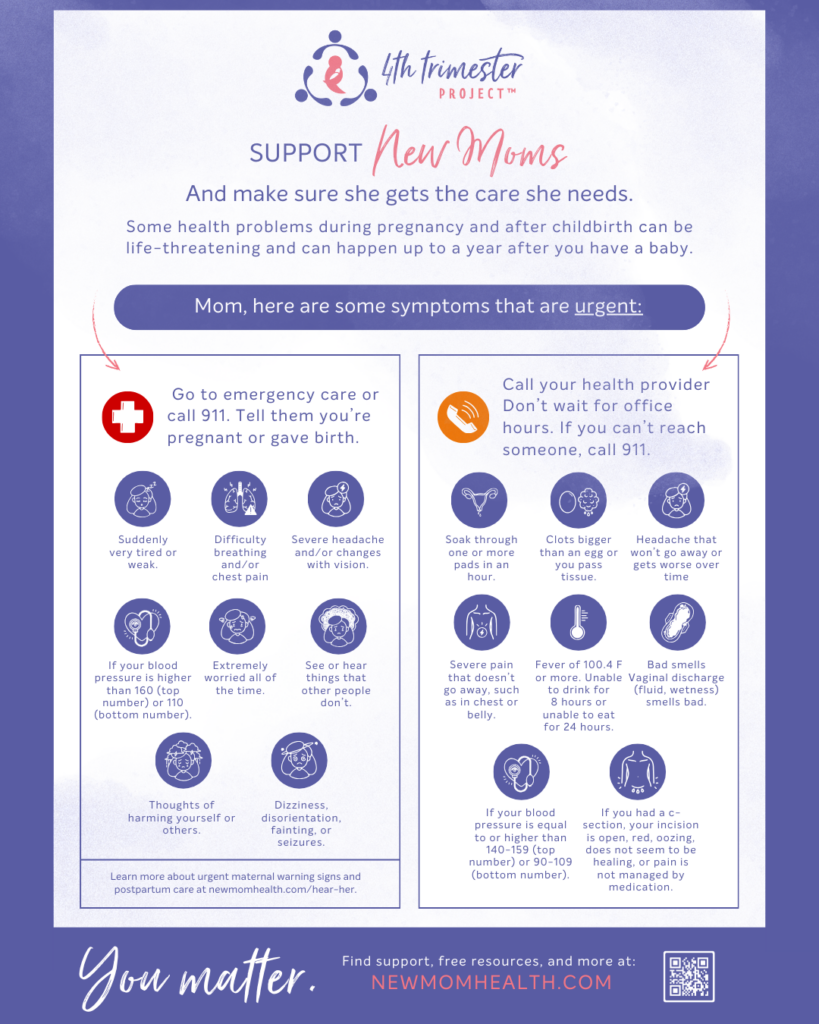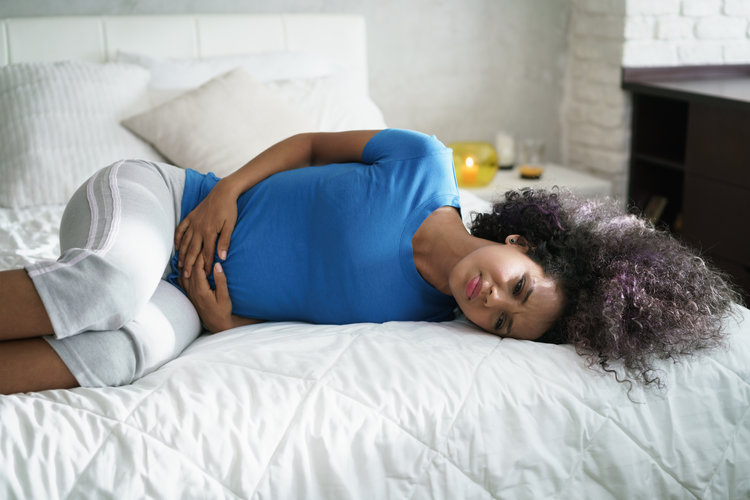
Giving birth is an intense process. However baby came into this world, recovery is no joke.
Labor is hard work, and it’s common for women to have back, hip, shoulder, or neck pain. Holding newborns (especially for long periods of time) can feel awkward and create muscle strain. Sometimes mothers do not move for a long time when their babies are comfortable on them – and then physically feel it later! For people who breastfeed, nursing positions can contribute to muscle strain as can the weight of full breasts. Other moms may experience wrist pain or other aches. This is all to be expected and can be treated.
Uterine contractions / cramping are an uncomfortable part of the immediate postpartum period and beyond as your uterus changes shape, from housing a baby to return to the size of an orange. These “after pains” generally lessen in intensity by the third day after giving birth. Taking ibuprofen, 600 mg up to 3-4 times a day, helps with after pains. Some women find that ibuprofen upsets their stomach – it may feel better to take it with a snack. Be sure you are clear on what your healthcare team prescribed and suggested for you to help with recovery. Consider asking them to fill out this customizable postpartum medical care plan.
About 40% of mothers get a headache in the first week after birth. Headaches can result from falling levels of estrogen and progesterone, fatigue, or stress. Falling estrogen levels after birth may cause migraines in women who experience migraines with their menstrual cycles. It is important to know that a headache that won’t go away could signify something serious that should be addressed with a healthcare team member.
Women who had an epidural or spinal anesthesia and notice that their headache gets worse when they sit up or stand may have a post-dural puncture headache. They are initially treated with fluids and pain medications. If that doesn’t work, post-dural puncture headaches can be treated with a procedure called a blood patch.
When to call your provider
If your headache doesn’t get better with Ibuprofen or acetaminophen, and/or your vision becomes blurry, call your provider right away and let them know. It could be a sign of high blood pressure and you need to be checked. If your pain becomes severe, you should also call your provider right away. Middle of the night? Call anyway. Severe headaches can signal serious problems.
Read more about the urgent maternal health warning signs and who to contact if something isn’t right.
In this reel, Nurse Nikki covers what to expect after childbirth and information about managing pain. She includes information about what to watch out for, what is normal, how long it may take, and how you can help your body heal.
Things to do that might help
- Unless advised otherwise by your doctor, you can take ibuprofen (Motrin (TM) or Advil (TM)) to help with the pain, up to 600 mg every six hours. You can also take acetaminophen (Tylenol(TM)). A regular strength dose of 650mg can be taken every 4-6 hours, not to exceed more than 5 doses in a 24-hour period. The extra strength dose of 1000mg can be taken every 6 hours, not to exceed 3 doses in a 24-hour period.
- Acetaminophen works differently from ibuprofen, and taking both medications on an alternating schedule works better than taking just one or the other. Both of these medicines are safe to take when you are breastfeeding. It may help to write down when you’ve taken pain medications or use an app, so you don’t end up taking too much.
- Pay attention to how you hold, carry, and feed your baby. See if there are different ways you can sit or use pillows as props to relieve pressure on your neck and back. For some women, curved pillows (like the “My Brest Friend”) can help position baby during feeding with less strain on mom’s neck and shoulders. Try not to carry your baby around in his/her car seat – they are very heavy.
- You can try putting heat on the muscles to help them relax, using a warm rice sock or a heating pad. Taking a warm bath can also be soothing – avoid using products like bubble baths though.
- Wear a good supportive bra.
- To relieve cramping, hold a pillow or a heating pad over your abdomen, lie on your stomach if this is comfortable, or lie on your side with a pillow between your legs and over your stomach.
- If you have the resources for neck or foot massages, now is the time to use them. Or ask your partner or friend to rub your back or feet. There is a lot of healing in the power of touch.
- Consider doing some very simple stretches to relieve some pressure.
- Try deep breathing and listening to music.
- Topical creams or sprays to certain areas may help. Dermoplast spray can be used in your perineal (genital) area. For muscle pains, you can try Icy Hot or Bengay.
- If pain continues, you may want to see if your insurance covers treatment like physical therapy, acupuncture, or chiropractic services. Some providers have sliding scale fees for people without insurance.
Some urgent maternal health warning signs can happen up to a year after childbirth. Be sure you recognize the warning signs and symptoms.
